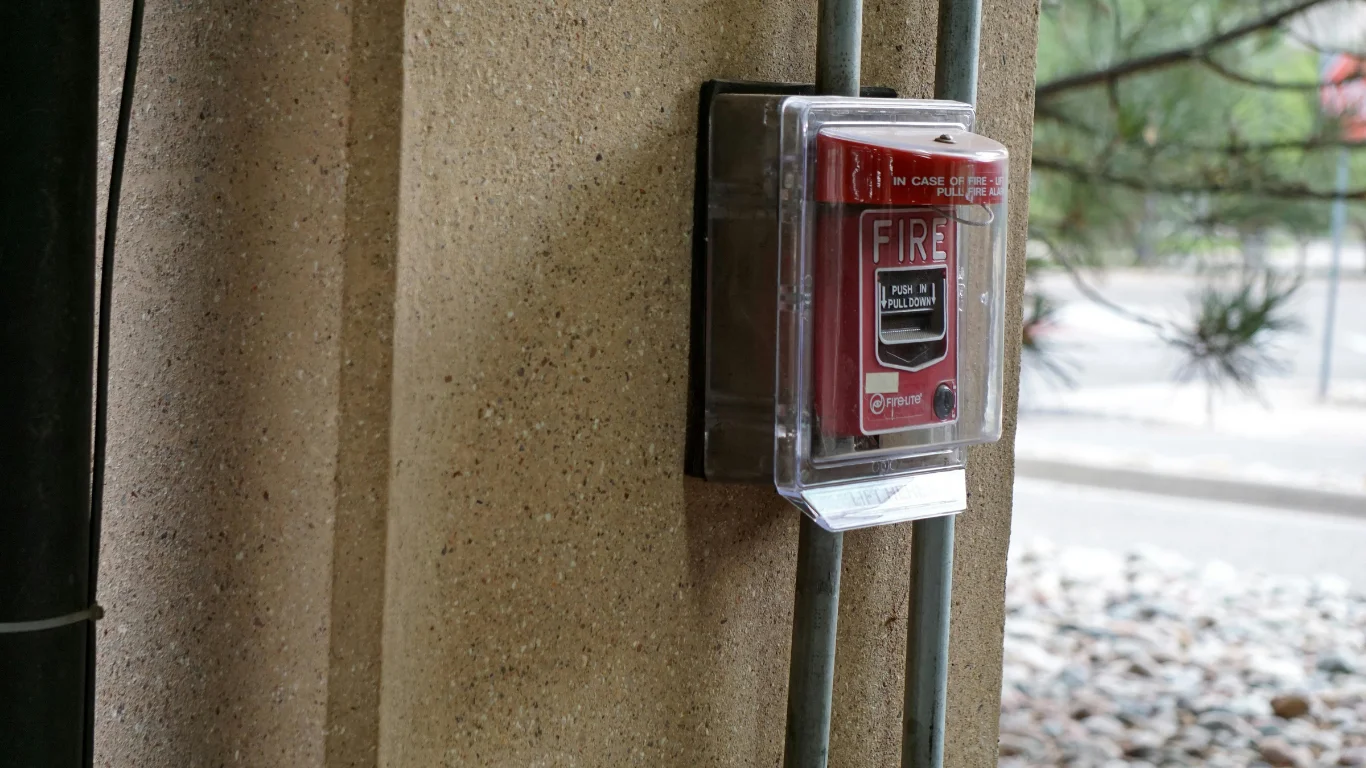Creating a dedicated learning environment at home has become increasingly important for families across America. Whether you’re a full-time homeschooling family or supporting remote learning, the physical space where education happens significantly impacts your child’s ability to concentrate, engage, and retain information.
The good news? You don’t need a massive house or expensive furniture to create an effective study environment that inspires learning. With thoughtful planning and creative organization, any space can be transformed into a functional, kid-friendly learning hub.
Creating the Perfect Foundation for Your Homeschool Space
Before diving into decorative elements, establishing a solid foundation for your homeschooling area is essential. The right location and basic setup will determine how well the space functions for everyday learning activities.
Selecting the Ideal Location
Finding the right spot in your home is the first critical decision when setting up a kid-friendly learning space. Consider areas with minimal traffic and distractions—perhaps a spare bedroom, basement corner, or even a converted closet. Natural light is invaluable, as studies show it improves mood and concentration. When working with an elementary school tutor in your home, having a designated space makes sessions more productive and signals to your child that learning time is important. The tutor can easily access materials and maintain consistent routines when the environment remains consistent.
Sound management also matters tremendously. If possible, choose a location away from noisy appliances or high-traffic areas. If a quiet zone isn’t available, consider using rugs, curtains, or even acoustic panels to dampen sound.
Essential Elements for an Effective Study Environment
Furniture selection is more critical than you might think. Proper ergonomics prevents discomfort that can distract from learning. For younger children, tables and chairs should allow their feet to rest flat on the floor with elbows at a 90-degree angle when writing.
Lighting deserves careful consideration beyond natural light sources. A layered approach works best—combine ambient lighting with task lighting for detailed work. Adjustable desk lamps let you direct illumination where needed most without causing screen glare.
Temperature and airflow significantly impact concentration. A slightly cool room (around 68-70°F) tends to be ideal for focus. Consider a small fan for air circulation if the space feels stuffy. Now, let’s explore how to design this foundation to be both functional and inspiring.
Designing a Functional & Inspiring Kid-Friendly Learning Space
With your foundation in place, it’s time to tailor the environment to inspire young minds. The best learning spaces grow with your child and adapt to different learning styles and developmental stages.
Age-Appropriate Design Considerations
Early learners (ages 3-6) thrive in spaces with defined activity zones and sensory elements. Include a carpeted area for floor play, low shelves with clearly labeled bins, and plenty of room for movement. Display alphabet charts and numbers at eye level.
For elementary students, balance structure with creative expression. Create stations for different subjects—a reading nook with comfortable pillows, a science area with specimens or simple experiments, and a writing desk with various supplies. This age group benefits from kid-friendly learning space design that includes both independent work areas and collaboration zones.
Middle and high schoolers need environments that foster independence. Include ample desk space, good task lighting, and comfortable seating for longer study sessions. Technology integration becomes more important, so plan for charging stations and computer workspaces.
Color Psychology for Enhanced Learning
Strategic use of color can significantly impact learning outcomes. Blue promotes focus and productivity, making it excellent for study areas. Green reduces eye strain and fosters concentration, and is perfect for reading nooks.
Yellow stimulates creativity and optimism, working well in brainstorming or art areas. However, use bright colors as accents rather than on all walls, which can overwhelm sensitive children.
Consider color-coding different learning zones to help with visual organization. This simple technique helps children identify where different activities take place and aids in the transition between subjects.
Smart Storage Solutions for Homeschooling Success
Even the most beautifully designed space will fail if it lacks proper organization. Thoughtful storage solutions maintain order and teach children valuable skills about caring for their materials.
Versatile Organization Systems
The best storage grows with your child. Modular systems with adjustable shelves accommodate everything from picture books to science equipment as learning needs evolve. Open shelving works well for frequently accessed items, while closed cabinets hide visual clutter.
Consider the accessibility of materials based on age and independence level. Items you want children to use independently should be within easy reach, while teacher-controlled supplies might live on higher shelves or in cabinets with childproof locks.
Digital organization is just as important as physical storage in today’s learning environment. Create systems for organizing digital files, bookmarks, and educational apps that mirror your physical organization schemes.
Efficient Supply Management
Daily essentials should be immediately accessible. Store pencils, paper, scissors, and other frequently used items in desktop organizers or rolling carts that can move between work areas.
For specialized subjects, create dedicated storage zones. Science materials might live in labeled bins, while art supplies could be organized in transparent containers, sorted by type. This organization for homeschooling approach makes prep time faster and cleanup easier.
Art and project supplies present unique storage challenges due to their variety. Consider vertical storage using pegboards for hanging tools, clear jars for small items, and flat files for paper. When organizational systems are intuitive, children are more likely to maintain them independently.
Label Systems and Visual Organization
Clear labeling transforms ordinary storage into an effective study environment. For pre-readers, use picture labels alongside words. Color-coded labels help children quickly identify where items belong and encourage independent cleanup.
Visual schedules and calendars help children understand time management. Displaying daily plans, assignment due dates, and long-term projects creates predictability and reduces anxiety about what comes next.
Strategic organization isn’t just about tidiness—it’s about creating systems that allow learning to flow smoothly. Now let’s see how technology integrates into your homeschooling space.
Conclusion
Designing a kid-friendly learning space doesn’t require a Pinterest-perfect room or expensive specialty furniture. What matters most is creating an environment that suits your child’s specific learning style, maintains organization, and adapts as their needs evolve. The effort you invest in thoughtful interior design for children pays dividends in their focus, independence, and love of learning. Remember that the best learning spaces are those that grow and change just like the children who use them—fluid, responsive, and ready for discovery.
FAQs
What’s the most important factor in designing a kid-friendly learning space?
The most important factor is flexibility. Children’s needs change rapidly as they grow, so create a space that can easily adapt with adjustable furniture, modular storage, and multipurpose areas rather than permanently fixed elements.
How can I create a homeschool space in a small apartment?
Focus on multi-functional furniture like folding desks, wall-mounted tables, or storage ottomans. Use vertical space with wall shelving and hanging organizers. Create a “school in a box” system that can be unpacked for learning time and stored when not in use.
What lighting is best for reducing eye strain during study time?
Natural light is ideal when possible. Supplement with layered lighting: ambient overhead lights, task lighting directed at work surfaces (preferably adjustable), and accent lighting to reduce contrast. Avoid fluorescent lighting, which can cause fatigue and headaches.







